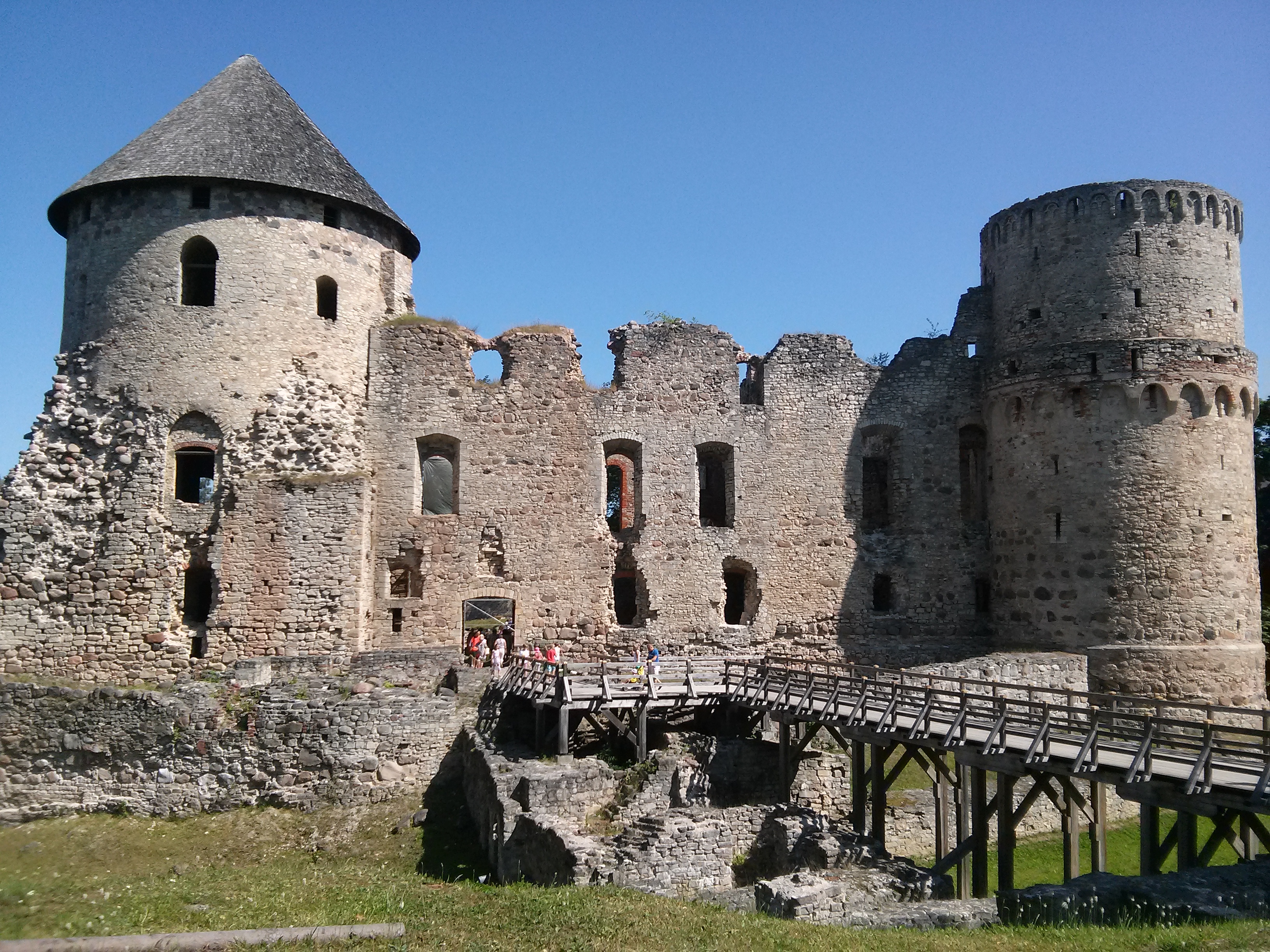The Story of Vigan’s Heritage Architecture

I arrived at Vigan, the capital of the province of Ilocos Sur in the Philippines. Vigan is known for its well-preserved Spanish colonial and Asian architecture. Walking through the streets of Vigan, I was greeted with rows of heritage houses that have withstood the test of time and still retain their old-world charm. I found out that the architecture in Vigan reflects its complex history and cultural influences. It integrates Chinese, Filipino, and European elements, giving birth to a unique architectural style that is distinctly Filipino. I met locals who are passionate about keeping the city’s heritage alive and believe that it is essential to preserving their identity. The city was declared as a UNESCO World Heritage Site in 1999, and it was evident why. Vigan offers us a glimpse of how people used to live in the Philippines during the Spanish era.



